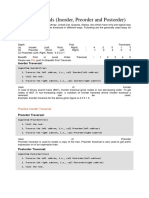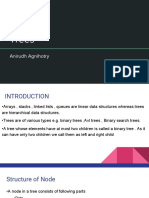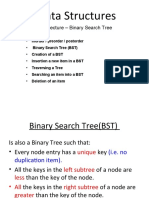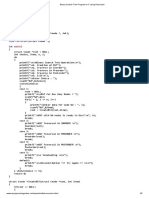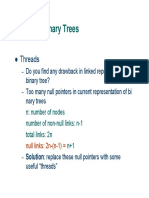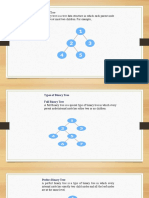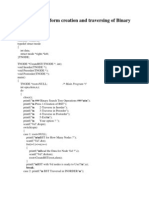0% found this document useful (0 votes)
8 views1 page1-Create An Integer Function IsBST
The document describes how to write a function that checks if a binary tree is a binary search tree. It explains initializing a static pointer, recursively checking the left and right subtrees, and checking that nodes are in the correct order compared to the previous node.
Uploaded by
Jaykishor SinghCopyright
© © All Rights Reserved
We take content rights seriously. If you suspect this is your content, claim it here.
Available Formats
Download as TXT, PDF, TXT or read online on Scribd
0% found this document useful (0 votes)
8 views1 page1-Create An Integer Function IsBST
The document describes how to write a function that checks if a binary tree is a binary search tree. It explains initializing a static pointer, recursively checking the left and right subtrees, and checking that nodes are in the correct order compared to the previous node.
Uploaded by
Jaykishor SinghCopyright
© © All Rights Reserved
We take content rights seriously. If you suspect this is your content, claim it here.
Available Formats
Download as TXT, PDF, TXT or read online on Scribd
/ 1

















